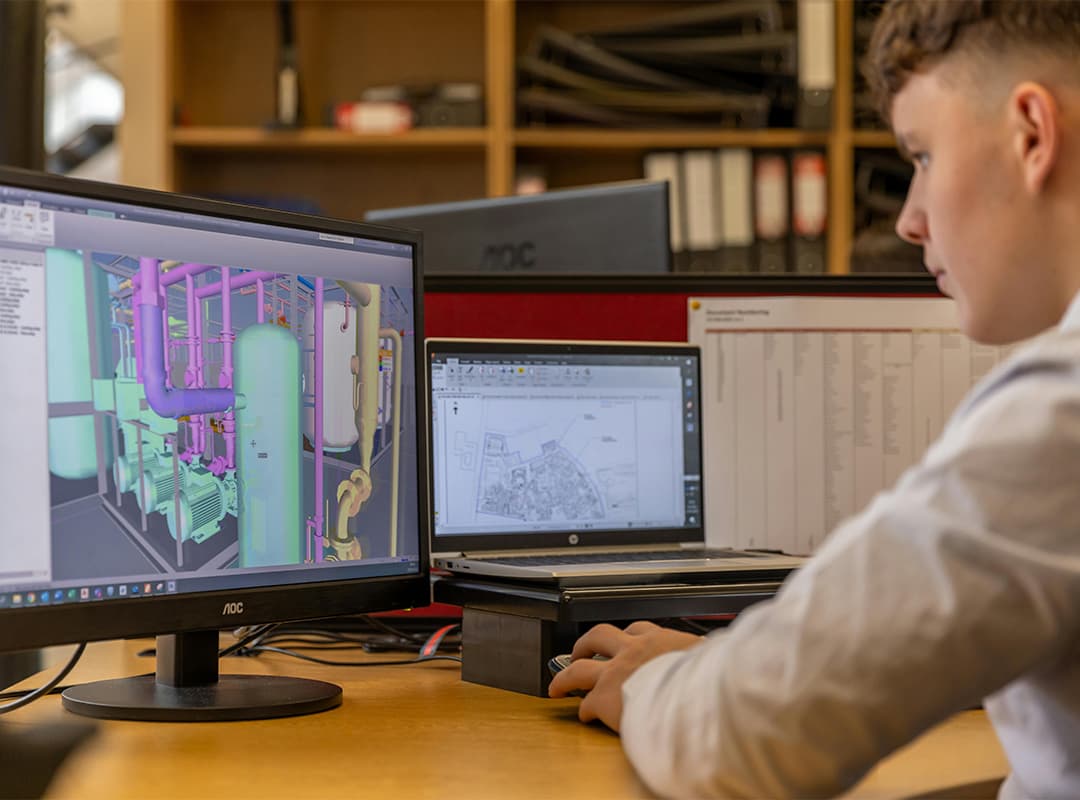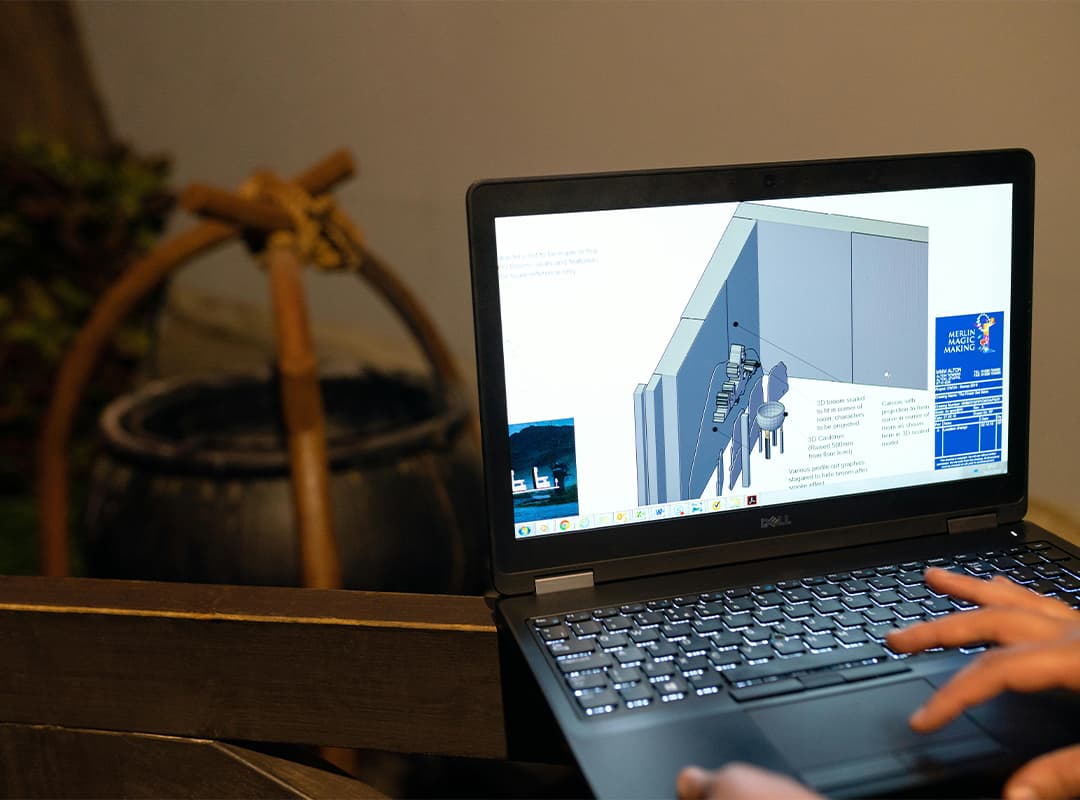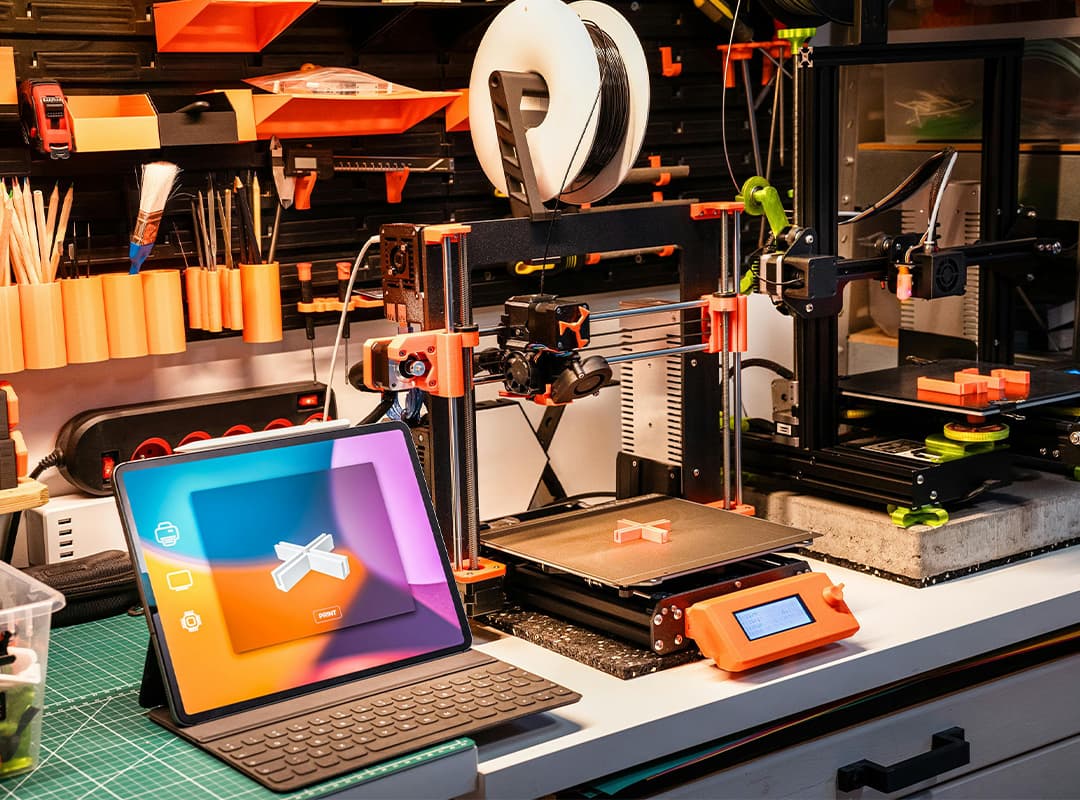As cities around the world grapple with rapid urbanization, population growth, and environmental challenges, effective urban planning and infrastructure development have never been more critical. Modeling has emerged as a fundamental tool in this process, enabling planners and decision-makers to visualize, analyze, and optimize urban environments. This article explores the role of modeling in urban planning and infrastructure development, highlighting key methodologies and the impact of simulation technologies.
The Importance of Modeling in Urban Planning
Urban planning involves the design and regulation of land use, transportation systems, and public services in cities. Modeling is crucial for urban planners as it helps them understand the complex interactions within urban environments, assess the impact of various policies, and forecast future scenarios. By using models, planners can make informed decisions that enhance the quality of life for residents while addressing sustainability and resilience.
Key Modeling Techniques in Urban Planning
- Geographic Information Systems (GIS)
Geographic Information Systems (GIS) are essential tools in urban planning that allow for the analysis and visualization of spatial data. GIS integrates various data sources, such as demographic information, land use patterns, and transportation networks, enabling planners to understand the spatial relationships within a city.By leveraging GIS, urban planners can identify areas for development, assess the impact of zoning changes, and visualize the consequences of infrastructure projects. For example, GIS can help planners determine the best locations for public transportation stations by analyzing population density and accessibility. - Agent-Based Modeling (ABM)
Agent-Based Modeling (ABM) is a powerful approach used to simulate the behavior of individual agents within an urban environment, such as residents, businesses, and government entities. Each agent operates based on predefined rules and interacts with other agents and the environment, allowing planners to observe emergent behaviors and patterns.ABM is particularly useful for understanding how changes in policies or infrastructure can influence urban dynamics. For instance, planners can simulate the effects of a new public transportation system on traffic congestion, population distribution, and economic activity, providing insights into the potential benefits and challenges of such initiatives. - Traffic and Transportation Modeling
Effective transportation systems are vital for the functioning of urban areas. Traffic and transportation modeling helps planners analyze current and future transportation needs, assess the impact of new developments, and optimize traffic flow.Simulation technologies enable planners to model traffic patterns, evaluate the effects of new roadways, and analyze the potential impact of public transit investments. By simulating various scenarios, planners can identify bottlenecks, predict congestion, and propose solutions to improve overall mobility within the city.
Impact of Modeling on Urban Planning
- Enhanced Decision-Making
Modeling provides urban planners with data-driven insights that inform decision-making processes. By simulating various scenarios, planners can evaluate the potential outcomes of different policies and interventions before implementation, reducing the risk of unintended consequences.For example, modeling can help assess the effects of zoning changes on housing availability, affordability, and community demographics. This allows planners to make more informed decisions that align with the needs and goals of the community. - Stakeholder Engagement
Engaging stakeholders is a crucial aspect of urban planning. Modeling can facilitate communication between planners, residents, and other stakeholders by providing visualizations and simulations that illustrate proposed changes.For instance, interactive modeling tools can allow community members to visualize potential development projects and their impacts on the local environment. This engagement fosters collaboration and ensures that diverse perspectives are considered in the planning process. - Sustainability and Resilience
As cities face increasing environmental challenges, modeling plays a vital role in promoting sustainability and resilience. Planners can use simulation technologies to assess the impact of climate change on urban infrastructure and develop strategies to mitigate risks.For example, modeling can help identify vulnerable areas prone to flooding and assess the effectiveness of green infrastructure solutions, such as permeable pavement and green roofs. This proactive approach allows cities to adapt to changing conditions while minimizing their environmental footprint.
Future Directions in Urban Planning Modeling
The future of modeling in urban planning is promising, driven by advancements in technology and data analytics. Emerging trends include:
- Big Data and Machine Learning
The integration of big data and machine learning into urban planning models is set to enhance predictive capabilities. By analyzing vast amounts of data from various sources, including social media, sensors, and demographic databases, planners can gain deeper insights into urban dynamics.Machine learning algorithms can help identify patterns and trends, enabling planners to develop more accurate models that reflect the complexities of urban environments. - Smart Cities and Internet of Things (IoT)
The rise of smart cities and IoT technologies presents new opportunities for modeling in urban planning. Connected devices can provide real-time data on traffic, air quality, energy usage, and more, allowing for dynamic modeling that adapts to changing conditions.Planners can leverage this data to optimize resource allocation, enhance service delivery, and improve overall urban management. For example, real-time traffic data can inform adaptive traffic signal systems, reducing congestion and improving travel times. - Collaborative Platforms
The development of collaborative modeling platforms will facilitate better communication and coordination among stakeholders in urban planning. These platforms can integrate various modeling tools, data sources, and stakeholder inputs, promoting a more holistic approach to urban development.By fostering collaboration among planners, engineers, community members, and decision-makers, these platforms can lead to more effective and inclusive urban planning processes.
Modeling plays a critical role in urban planning and infrastructure development, providing essential tools for understanding complex urban dynamics and informing decision-making. With the integration of simulation technologies, urban planners can visualize potential outcomes, engage stakeholders, and promote sustainability.
As cities continue to evolve and face new challenges, the importance of effective modeling will only grow. By embracing advancements in technology and data analytics, urban planners can create resilient, sustainable, and vibrant urban environments that meet the needs of their communities. The future of urban planning lies in harnessing the power of modeling to shape cities that thrive in an increasingly complex world.



